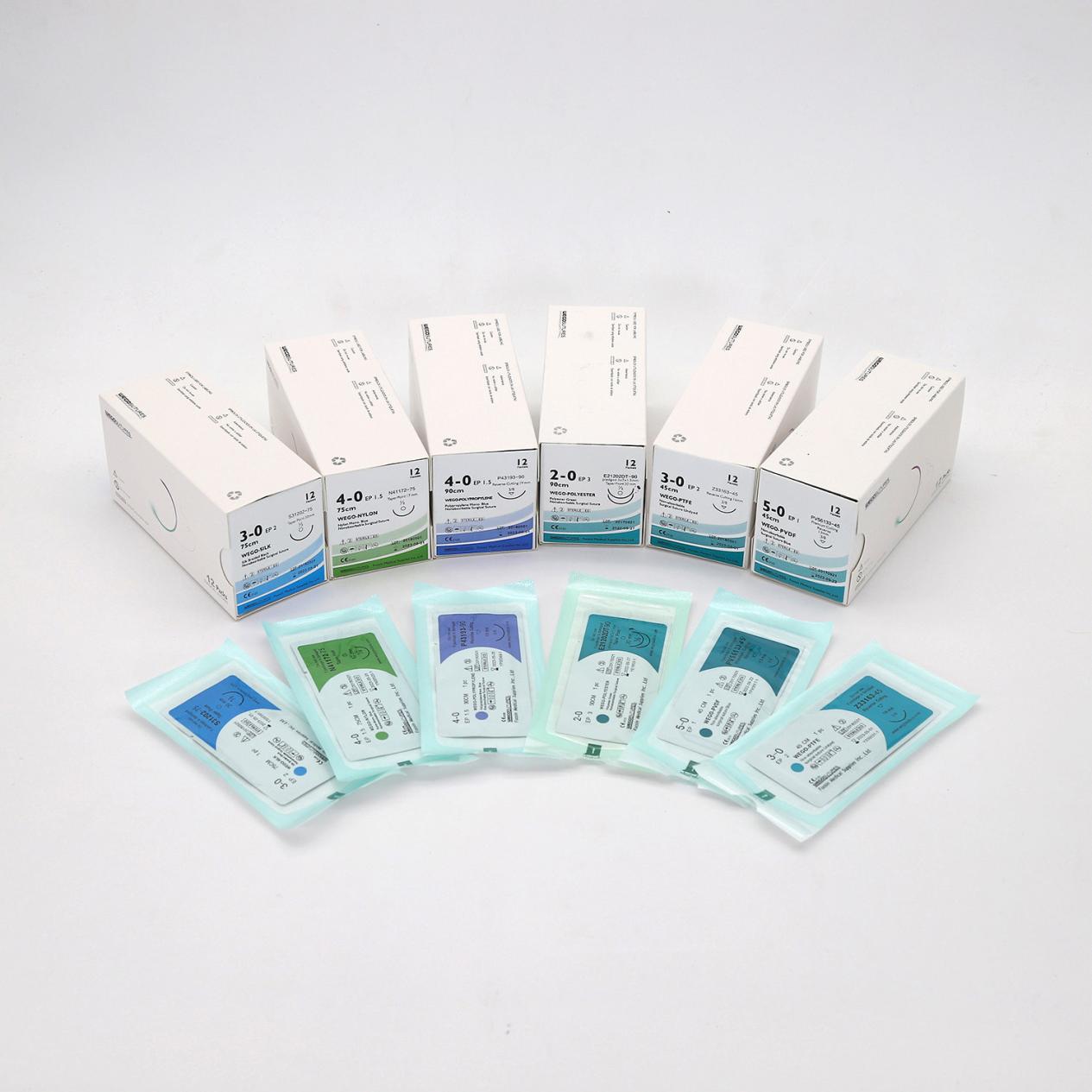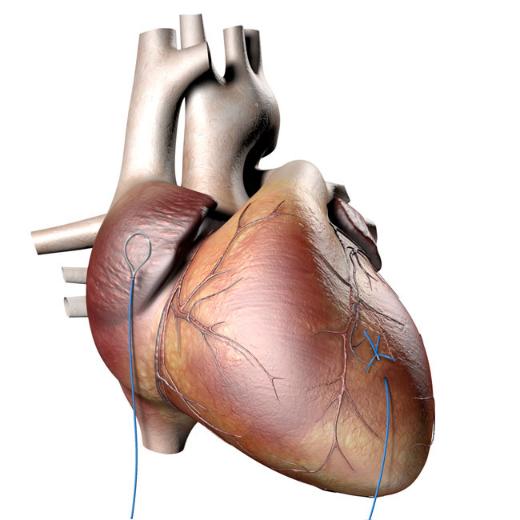E. Tension Sutures
1. Interrupted Horizontal Mattress Suture

- The needle is passed from one side of the wound to the other (2–5 mm away from the wound edge), then horizontally back across the wound, leaving a short gap (6–8 mm) between the bites.
- This creates a horizontal suture on either side of the wound.
- A knot is then placed to join the suture material on the original side.
- This suture is mostly used for relieving tension.
- Appositional to everting suture pattern depending on the tightness of throws.
- Can strangulate blood.
- Closure in areas of high tension or occasionally used in the closure of flat tendons or muscle with minimal fascia vessels at wound edges.
2. Interrupted Vertical Mattress Suture

- A bite is taken 8–10 mm away from the wound and passes through to an equal distance away from the wound on the opposite side.
- The suture is then repeated back across the wound, but this time, a bite is taken vertically from the original bite 3–4 mm away from the wound, creating a vertical suture on either side.
- A knot is then placed to join the suture material on the original side.
- This suture is more effective at relieving tension than the horizontal mattress.
- Appositional to everting.
- Stronger in tissues under tension than horizontal mattress.
- Less likely to occlude small vessels at the wound edge.
- Closure in areas of high tension (i.e. some situations of skin closure).
3. Far-Far-Near-Near and Far-Near-Near-Far Suture Pattern
- Variations of vertical mattress.
- Can provide necessary tension for wound approximation without direct tension to wound edge.
- Skin, subcutaneous, and fascial closure under tension.
4. Interlocking Loop Suture

- Self-tightening suture ‘locks’ into tissue.
- Inserted 1/3 distance from tendon edge, advanced along the tendon, across the gap, looped across the tendon, and passed back 1/3 from the opposite edge, looped and tied
- Less bulk insheathed tendons
- Double locking loop applied to gastrocnemius tendon
- Attached to calcaneus thorough drill hole
- Tendon repair.
5. Three Loop Pulley Suture

- Three loops of suture oriented 120 degrees to the previous loop.
- Resembles a far-near pattern type but revolves around the tendon 360º.
- The initial loop is a near-far, next midway, last is far-near.
- Higher tensile strength and more resistance to gap formation than the locking loop
- Tendon repair.
F. Other Suture Patterns
1. Chinese Finger Trap Suture Pattern

- This type of suture is used to secure tubes (such as chest drains) at their site of entry into the body.
- Tension on the tube increases as the tube is pulled, thus preventing its removal.
- A bite is taken at one side of the tubing and a square knot is placed around the tube.
- The suture material is taken back around the tube and a surgeon’s knot is tied.
- This is repeated 5–10 times around the tube ending with another square knot.
Usages
- Secure tubes (such as chest drains) at their site of entry into the body
There are many types of suture patterns available to close the incisions and wounds encountered daily in practice. Selecting the appropriate type of pattern is important to achieve not only uncomplicated wound healing, but also a good cosmetic appearance.














